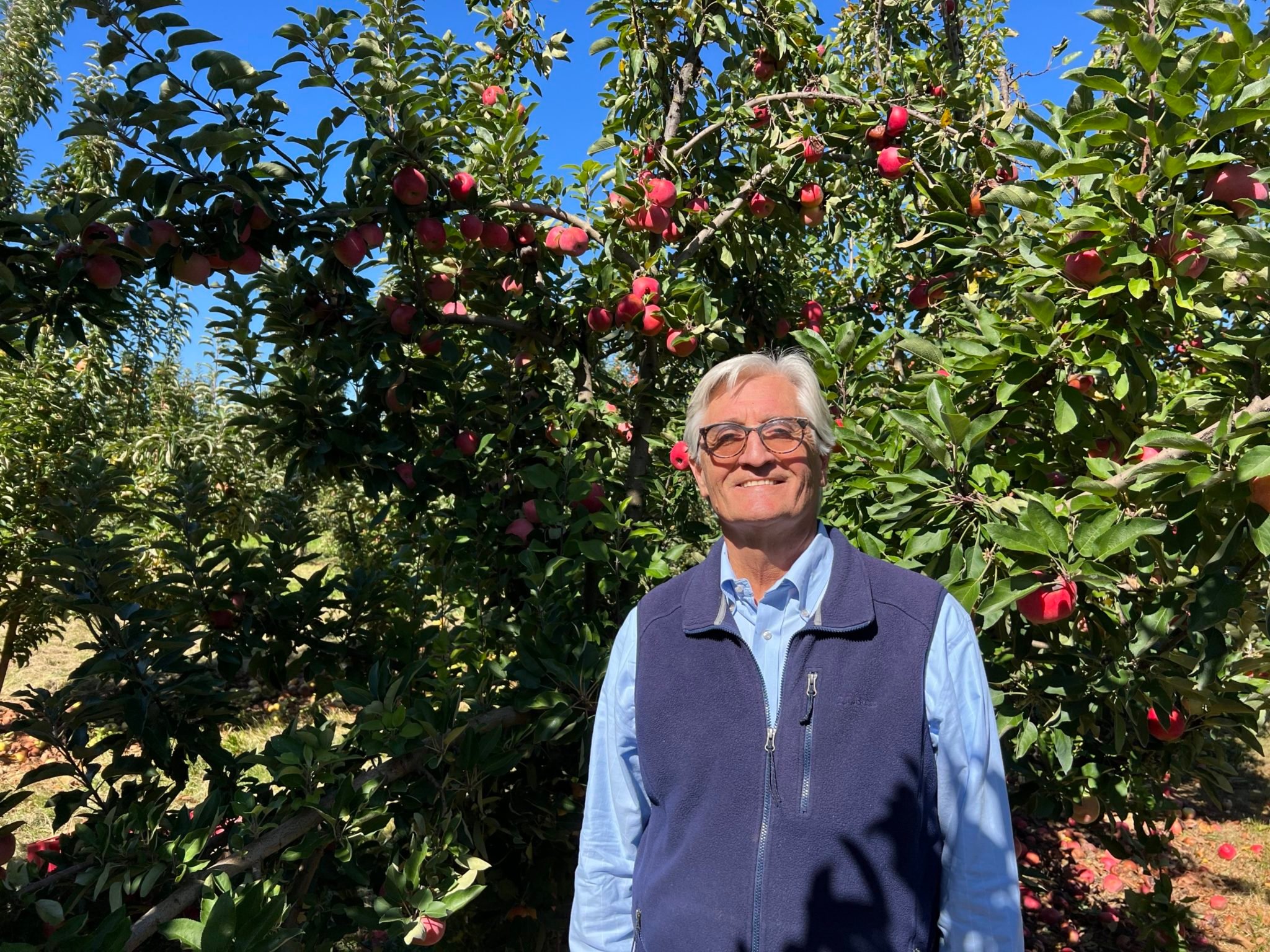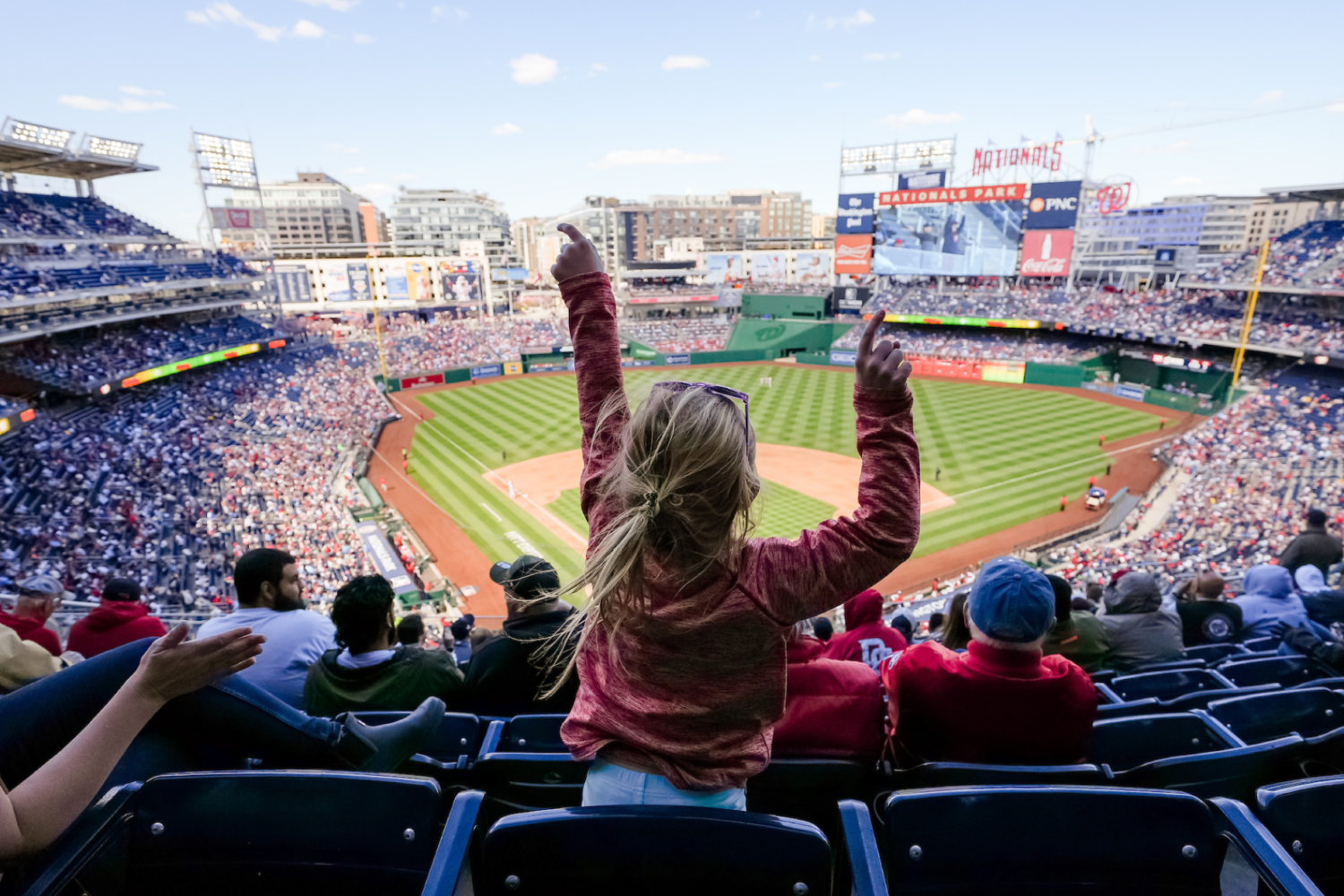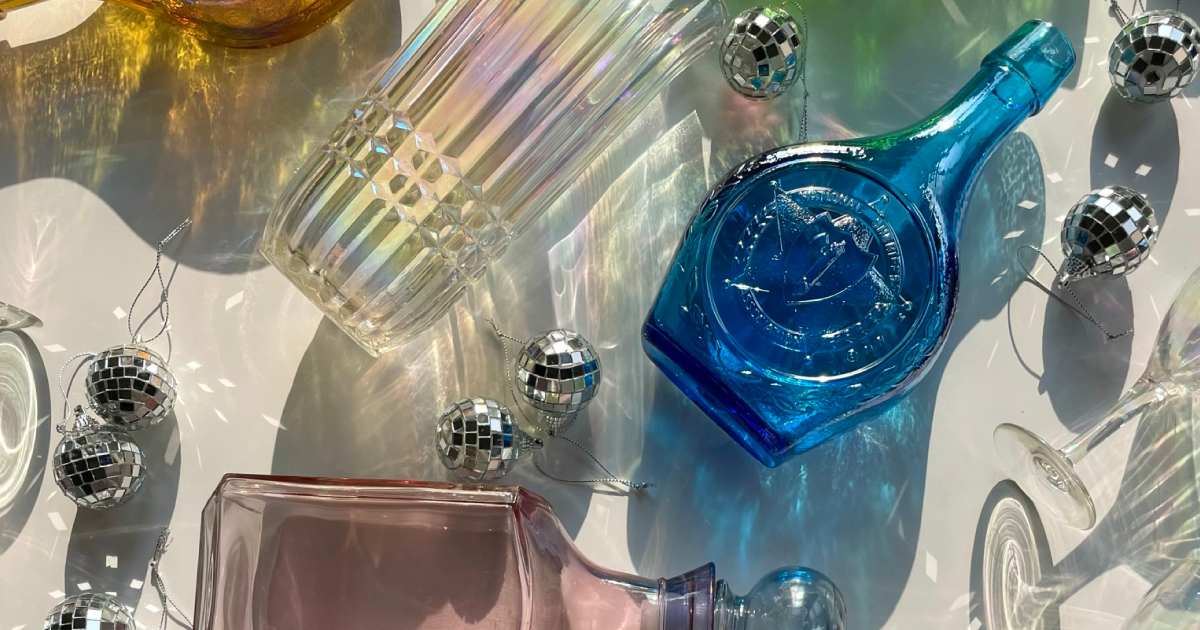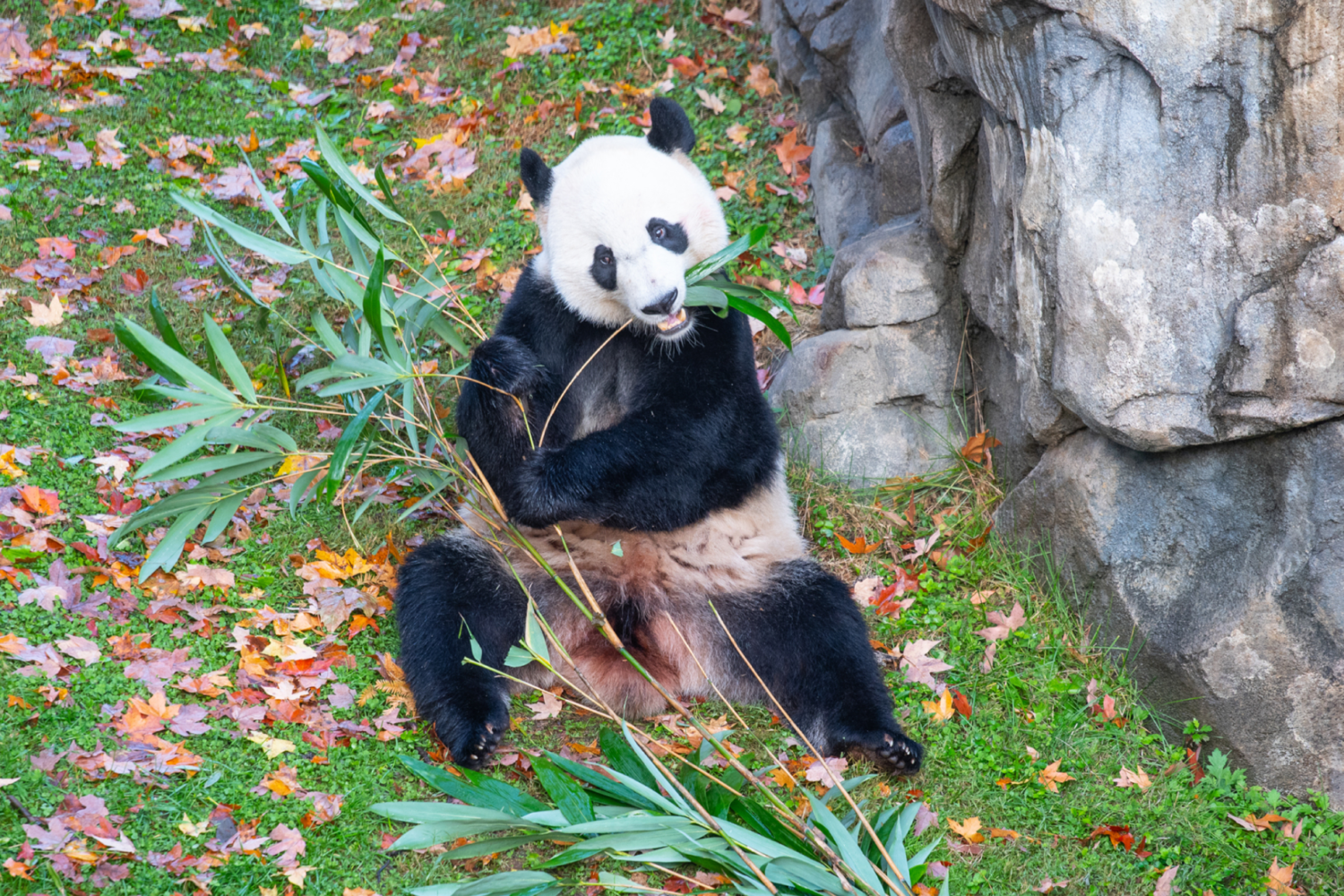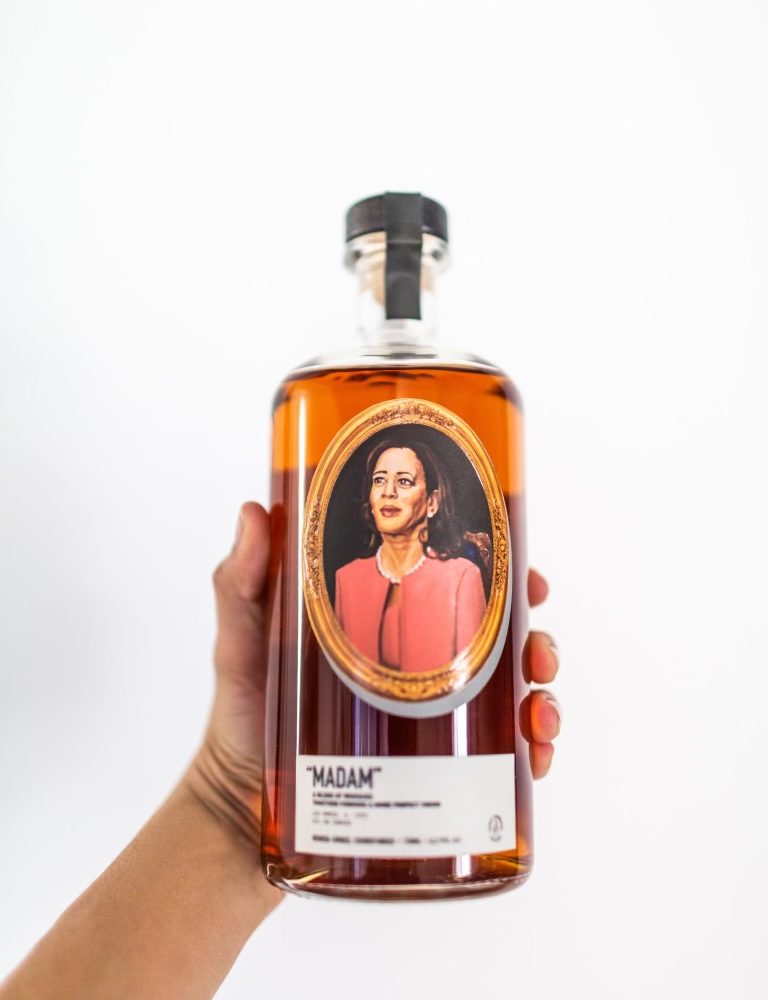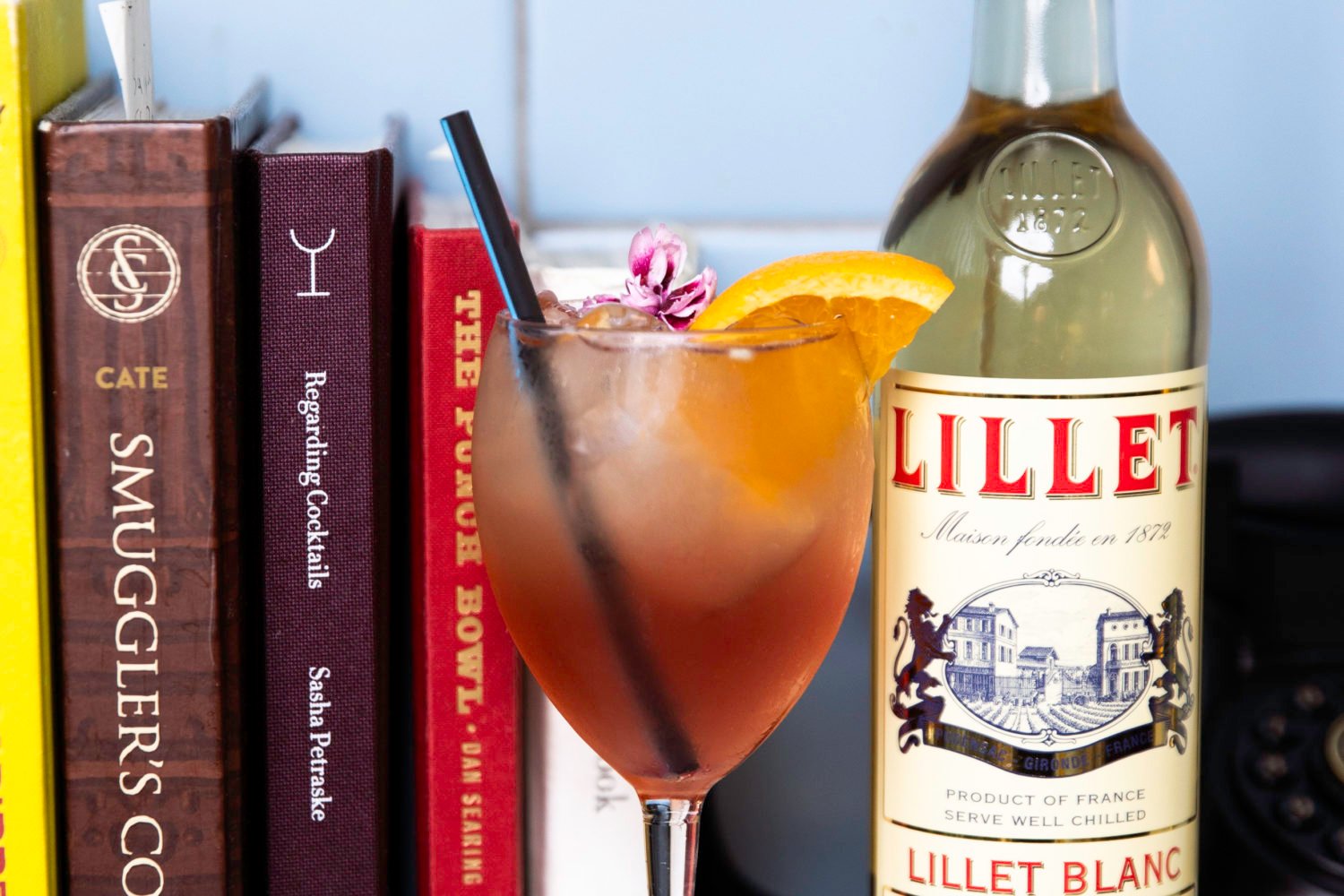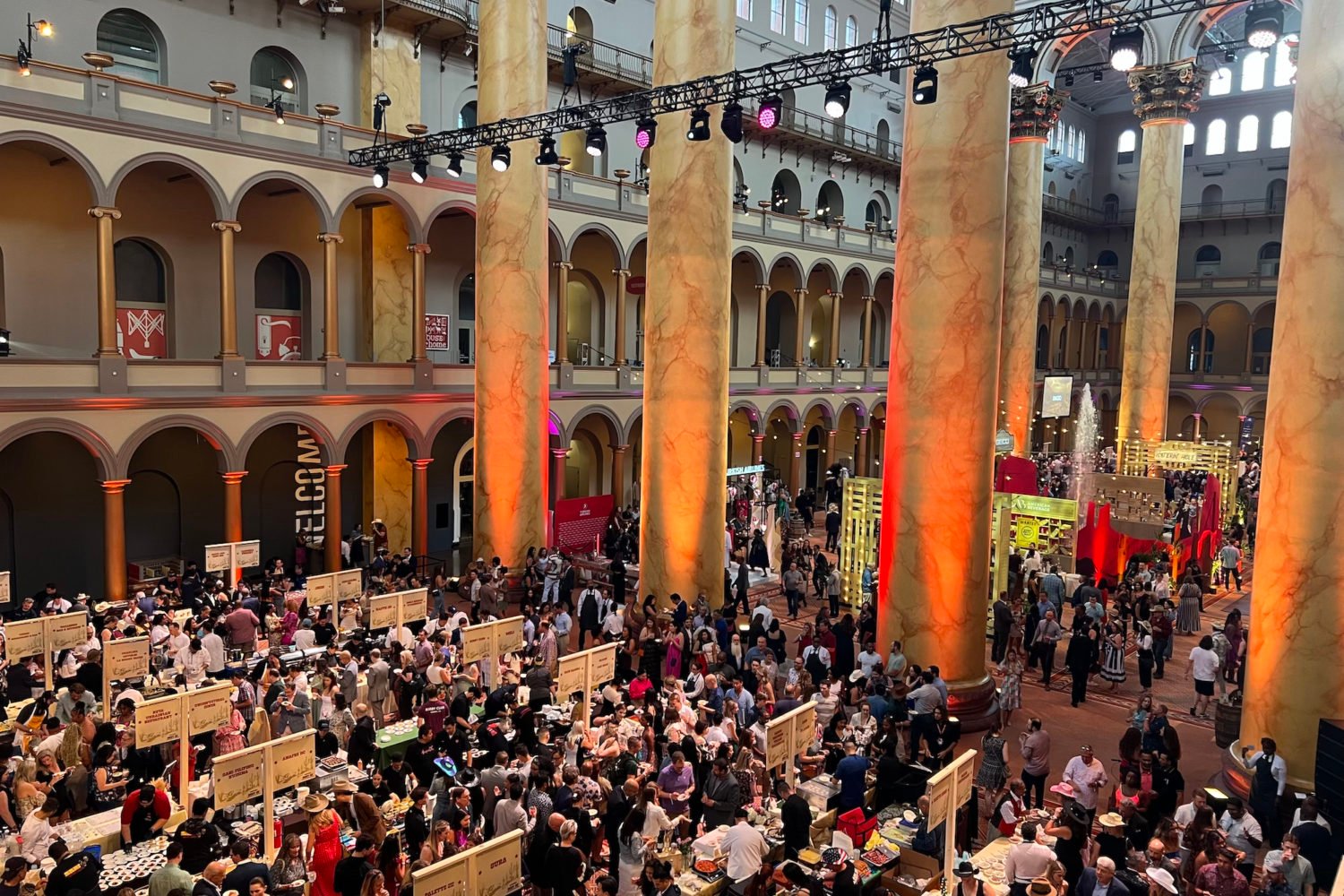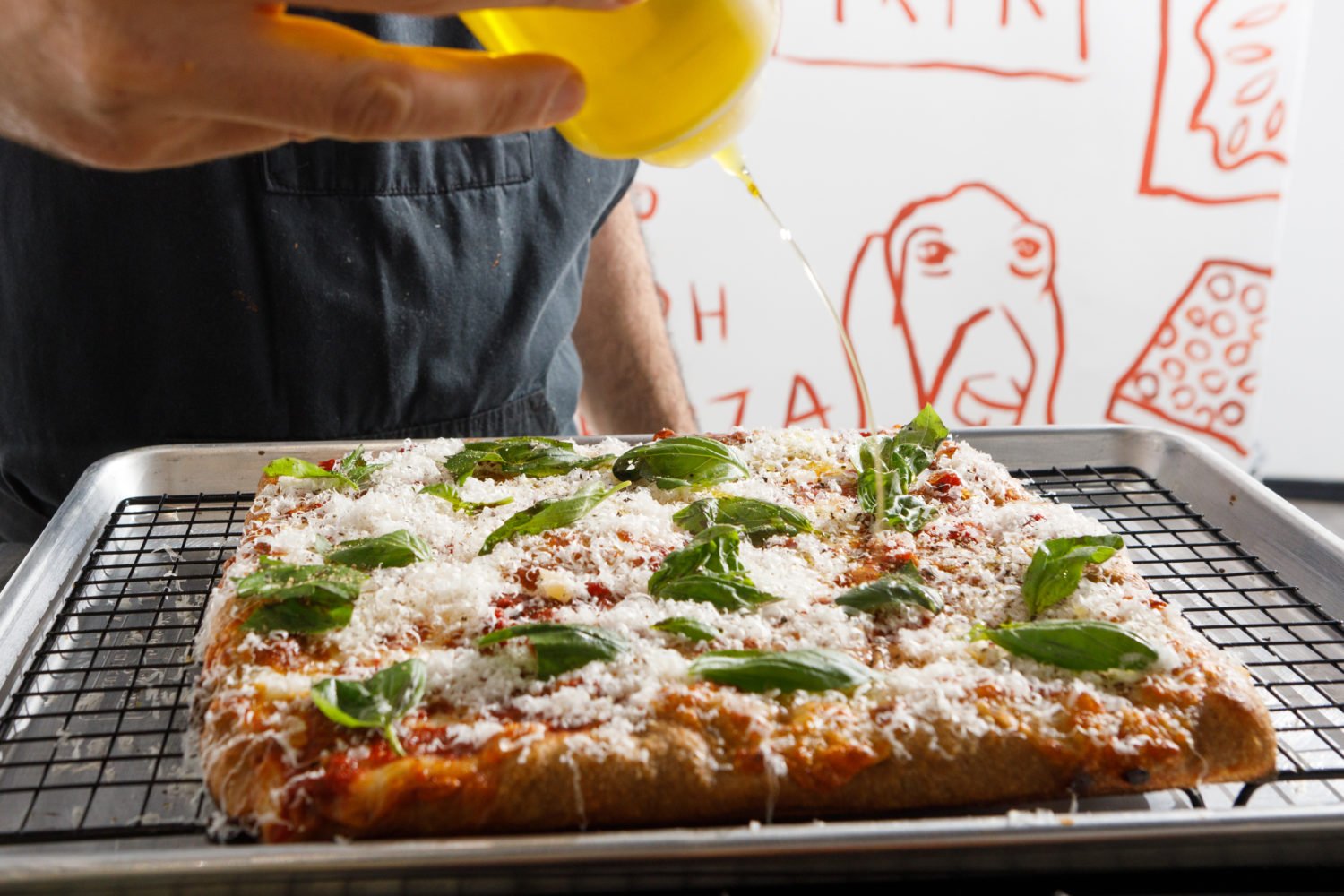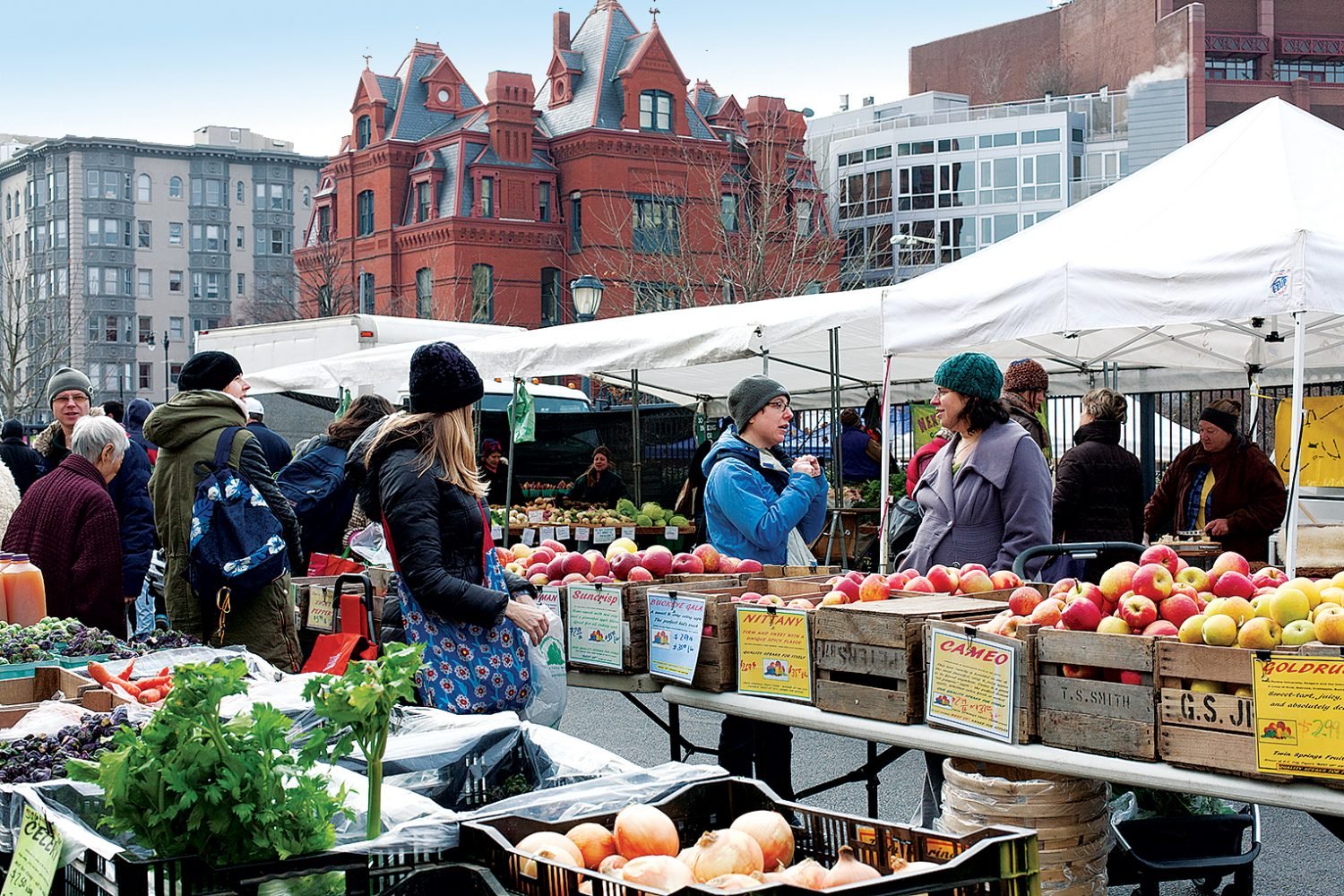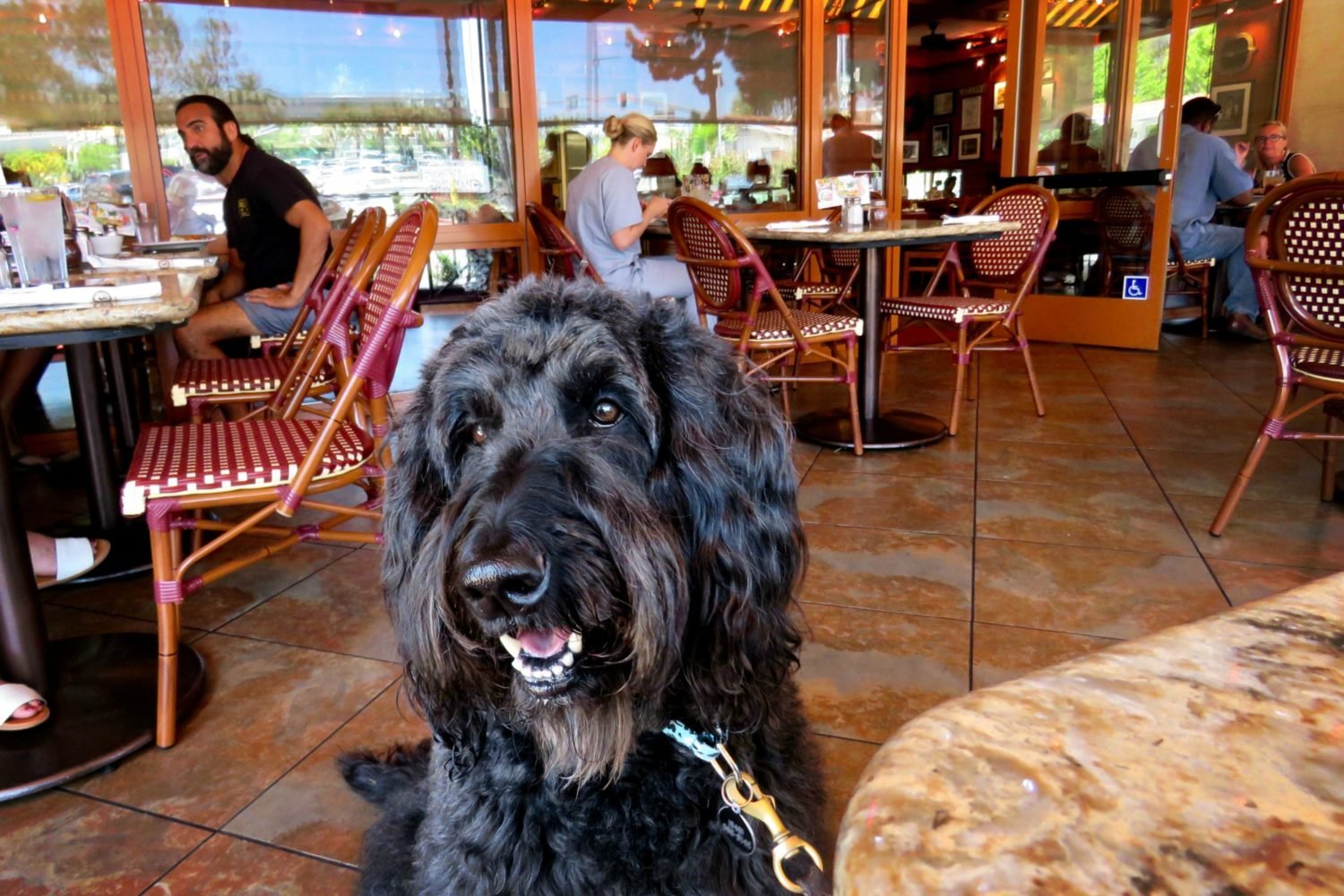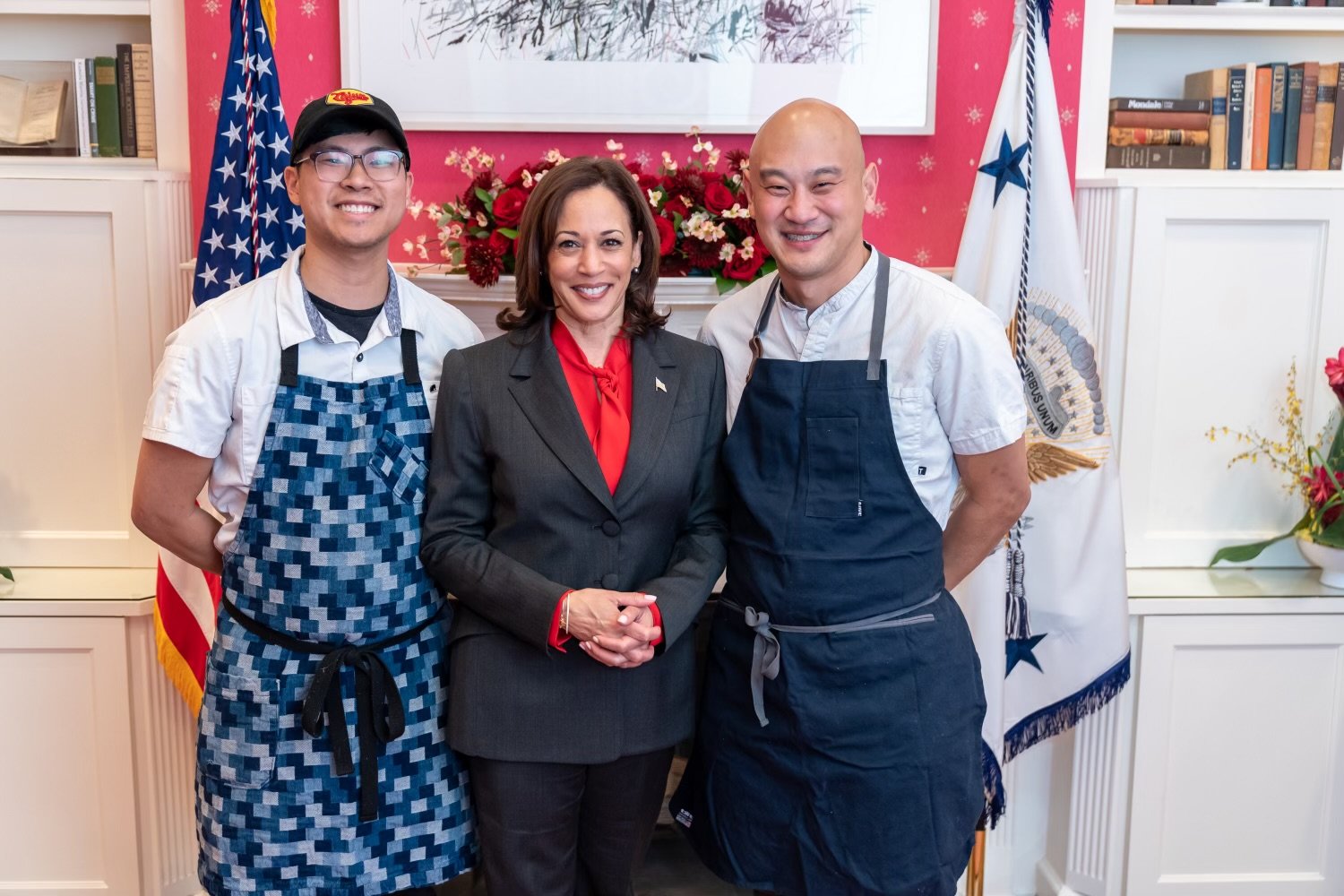Sun-scalded, spongy apples. Waterlogged, flooded root systems. Whole orchards “scorched” and destroyed by the contagious fire blight as it creeps north. Climate change is wreaking havoc on apple farming, digging into farmers’ bottom line even in the historically ideal climates of upstate New York and the Pacific Northwest. But the solution may come from a slightly warmer locale: Maryland.
For decades, researchers at the University of Maryland have been working to breed an apple variety that would grow well in warm southern climates and wouldn’t require intensive pruning.
“In Appalachia and further south, nobody was breeding apples that would really take the heat,” says UMD professor emeritus Chris Walsh, a veteran apple breeder who helmed the project. “I started out breeding for the southeastern US and then quickly realized I was breeding for climate change.”
Last week, Walsh and his team secured a patent on two new apple varieties that he hopes will help solve environmental and labor shortage problems. Bred to withstand hot summers, Walsh’s apples—currently called MD-TAP1 and MD-TAP2, until a commercial nursery licenses and renames them—grow well in the DC area and could become a more resilient option for farmers on larger commercial orchards up north as summers get hotter.
The bacterial disease called fire blight, which has destroyed whole orchards in the Mid-Atlantic, making trees appear burnt, has more recently swept through New England farms. Walsh has also bred TAP1 and TAP2 to be tolerant, though not completely resistant, to fire blight.
Walsh also bred the trees to grow shorter and sprout drooping boughs that are easier to pick from, so that they can be pruned just once or not at all. As farms face major labor shortages across the country, this characteristic could further protect them from ups and downs, Walsh says. These apples aren’t bred for higher yields, just more reliable quality.
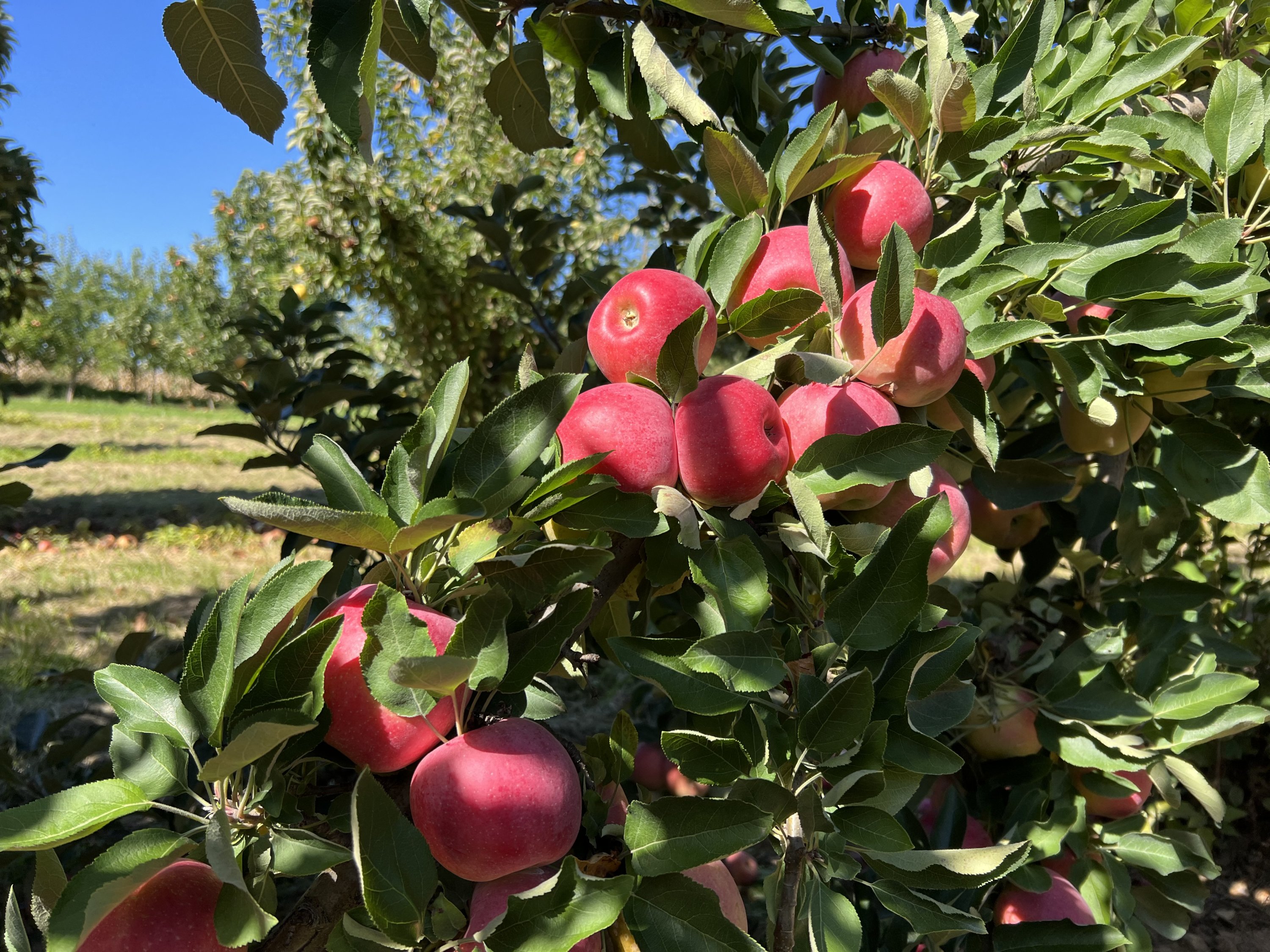
UMD’s test orchard is located at the university’s Western Maryland Research & Education Center in rural Keedysville, a former US army installation where Walsh has been working for more than 30 years. He started by crossing the Gala apple, which thrives in warmer climates, with the dwarf MacIntosh, then kept crossing the most resilient specimens. More than 4,000 trees were grown in the process of breeding the new apples.
So how do the apples taste? When ripe, both varieties have relatively high sugar content. The red variety, TAP2, is crisp, slightly tart, and thin-skinned like a Fuji apple. The yellow one, TAP1, ripens earlier, and has softer, sweeter golden flesh. Picked straight from the orchard, both were fresh and juicy, but largely similar to many other high-quality apples you’ll find at the grocery store. The new apples’ uniqueness lies in their resilience, not their taste.
Though UMD’s research began in the service of creating a more reliable warm-weather apple for Maryland farmers to sell at farm stands and pick-your-own orchards, the finished project could have much wider applications, Walsh says. His new apples are in trials in Michigan and Texas, and they could be grown many more places before long.
“I’ve been called by Washington State, I’ve been called by South Africa,” Walsh says. “I would like to be able to help more people than just the growers I know in this region.”

